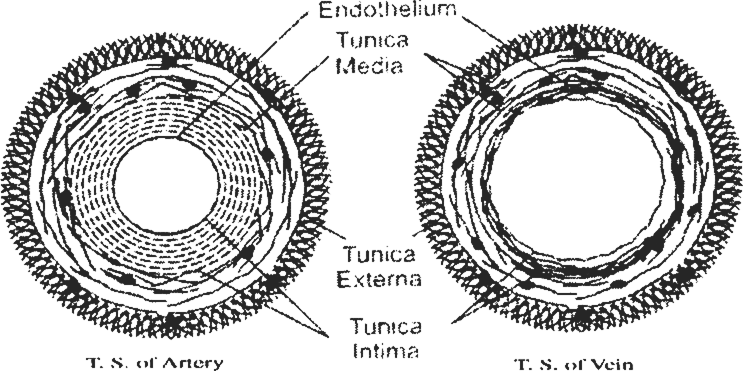 Short Answer Type
Short Answer TypeState the most significant contribution of the following Scientists :
(i) Hans Berger
(ii) Dixon and Jolly
(iii) J.B. Lamarck
(iv) William Harvey
Mention the chromosomal abnormalities concerned with the following conditions in humans:
(i) Turner’s Syndrome
(ii) Klinefelter’s Syndrome
(iii) Down’s Syndrome
 Long Answer Type
Long Answer Typea) Give any four anatomical difference between monocotyledonous and dicotyledonous leaf.
(b) Explain the phases of growth in meristem of plants.
(c) Draw a neat labelled diagram of a matured anatropous ovule before fertilization.
(a) Give an account of activity of cambium in the secondary growth of the stem.
(b) Write three differences between C3 and C4 cycles.
(c) Mention two advantages each of the following:
(i) Hydroponics (ii) Turgidity to plants (iii) Cross pollination
(a) Explian the movement of water cell to cell across the root from the soil to the xylem.
(b) Draw a labelled diagram of T.S. of hyaline cartilage. Write a brief note on its functions.
(c) What is the full form of ADH ? How does ADH control osmoregulation in human kidney?.
(a) Explain the process of oogenesis in humans.
(b) State three differences between red muscle fibre and white muscle fibre.
(c) Mention a cause and symptom of each of the following:
(i) Amphysema (ii) Renal calculi (iii) Diarrhoea
(a)Describe the structure of an artery and vein. Explain how their structure helps in their functioning.
(b) Write three differences between short day and long day plants.
(c) Name the 2nd, 3nd and 8th cranial nerves in man and write a function of each.
(a) Each artery and vein consists of three layers. The inner most layer of squamous endothelium called tunica interna, a middle layer of smooth muscles and elastic fibres called tunica media and an external layer of fibrous connective tissue and collagen fibres, called tunic externa.
Arteries carry blood away from heart. Blood flows in them under pressure and with jerks. So the walls of the arteries are thick, muscular and elastic to withstand the pressure of blood. Their narrow luman helps to maintain the pressure of blood inside them.
Veins carry blood towards heart. As the blood is flowing with almost no pressure, the walls of veins remain thin and non elastic. Instead valves are present in veins to prevent the back flow of blood.
(b) Long Day Plant: (i) They flower when exposed to day lengths longer than a certain critical minimum.
(ii) Flowering is stimulated when dark period is interrupted by a flash of light.
(iii) Flowering is induced if plants are exposed to short light periods with still shorter dark period (e. g., 8 hrs light followed by 4 hrs. dark.
Short day Plant : (i) They flower when exposed to day lengths shorter than a certain critical maximum.
(ii) They do not flower if dark period is interrupted by a flash of light.
(iii) Flowering is not induced if plants are subjected to short light and short dark periods (e. g., 6 hrs. light followed by 6 hrs. dark.
(c) 2nd – Optic nerve : It is also sensory and bring impulses of neiual sensation from the retina to the beam.
3rd – Oculomotor nerve : It controls movement of eye ball and size of pupil.
8th – Auditory nerve : Balance of equilibrium and hearing.
